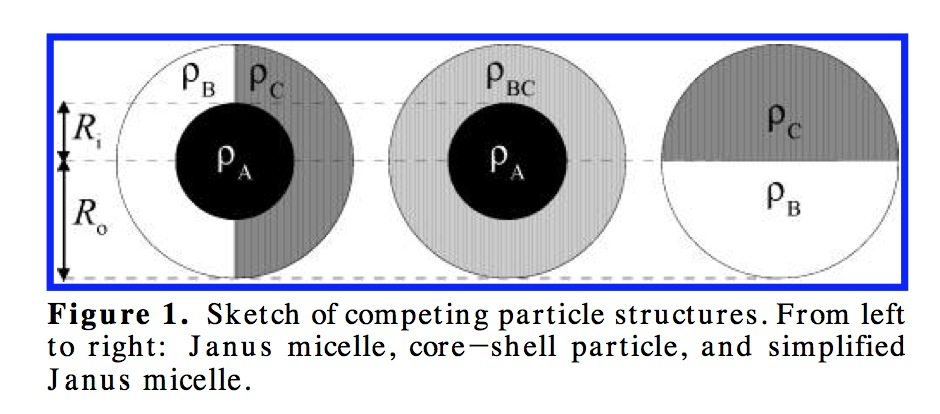

Some empirical arguments suggest, however, that much of the short-term variation in taxonomic rates observed in the fossil record is real. The pattern may partly reflect a secular increase in preservation nevertheless.Īpparent temporal variation in taxonomic rates can be produced artificially by variation in preservation rate. (2) The post-Paleozoic rise in diversity may be exaggerated by the essentially complete knowledge of the living fauna, but this bias is not the principal cause of the pattern. (1) The Phanerozoic decline in taxonomic rates is unlikely to be an artifact of secular improvement in the quality of the fossil record, a point that has been argued before on different grounds. It may generally be preferable to base diversity and rate measures on estimated numbers of taxa extant at single points in time rather than to adjust conventional interval-based measures by discarding single-interval taxa.Ī combination of modeling and empirical analysis of fossil genera supports two major trends in marine animal evolution. Modeling supports intuitive and empirical arguments that single-interval taxa, being especially sensitive to variation in preservation and interval length, produce many undesirable distortions of the fossil record.

Particular attention is focused on the independent estimation of origination and extinction rates.

Mathematical modeling of cladogenesis and fossil preservation is used to explore the expected behavior of commonly used measures of taxonomic diversity and taxonomic rates with respect to interval length, quality of preservation, position of interval in a stratigraphic succession, and taxonomic rates themselves.


 0 kommentar(er)
0 kommentar(er)
